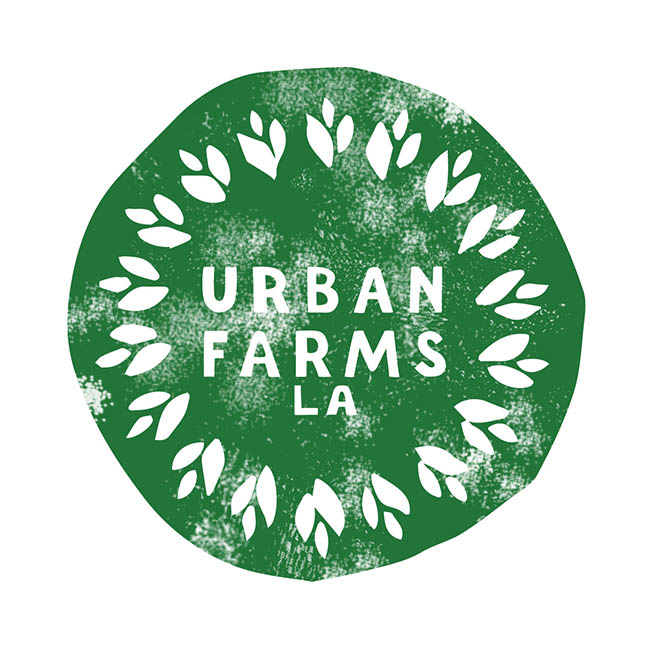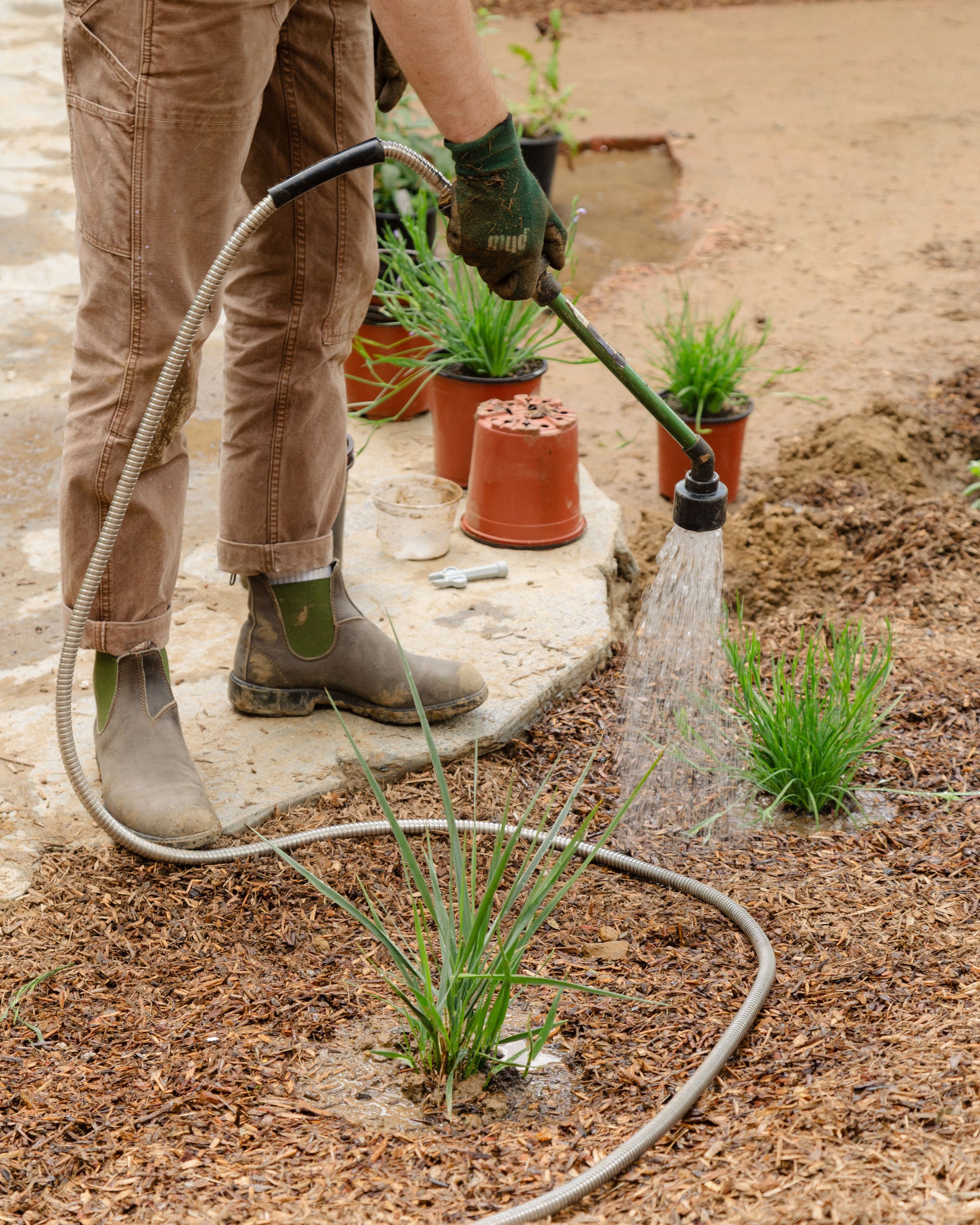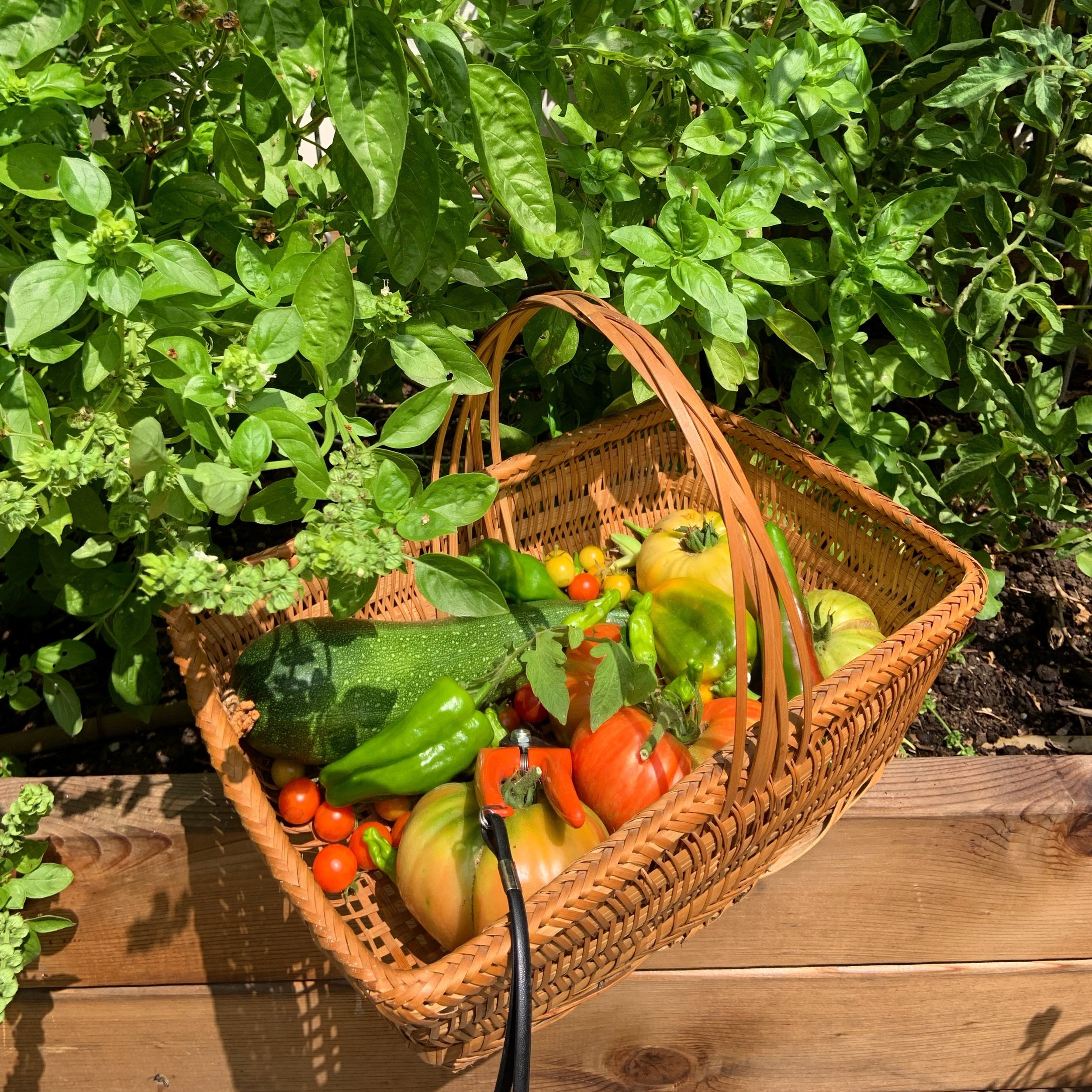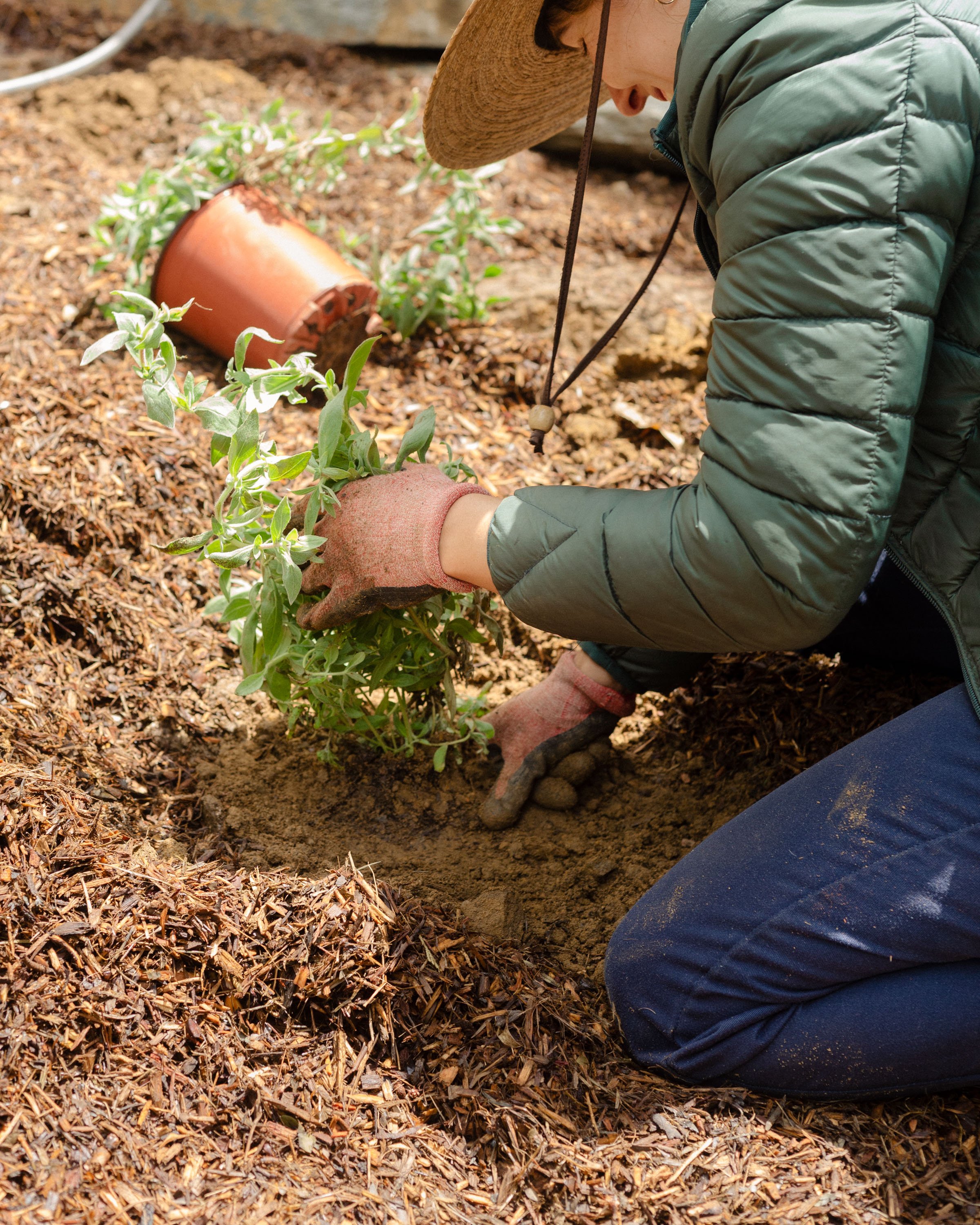Why Urban Farming?
Health
Know the ins and outs of your veggies.
When was the last time you purchased produce with complete transparency? Did you know that your produce loses nutritional value during the time between it is harvested and eaten? In today’s plastic wrapped supermarket society, there is little transparency in how your food was grown, where it came from, how long ago it was harvested, and everything in between. All of those question marks are eliminated when you grow your own food.
Cost
Instead of spending an hour at the grocery store, spend 20 minutes in your own backyard.
Your urban farm will pay for itself for years to come. Seeds or sprouts that cost just a few dollars can yield immense amounts of food with just some TLC. Instead of having cucumbers rotting in your refrigerator, harvest only what you need as to not waste food that can continue living in the soil.
Environmental Benefit
Urban growth eliminates waste from commercial farms.
Sixty million tons of produce are thrown away every year in the United States. Through avoiding mishaps in packing and paying more attention to individual plants, we can save food. Locally grown produce saves gas and water by removing the transportation required to bring food from a farm all the way to your dinner table. Without the use of harmful pesticides in backyard farms, no toxic runoff enters our oceans or rivers, saving marine life.
Well-Being
Connecting the community to the land, one plant at a time.
Urban farming is a productive and relaxing activity, connecting people to their natural environment all while growing fresh, healthy food. There is nothing quite like harvesting lettuce from your own garden to prepare a simple dinner salad or picking blueberries for a homemade fruit cobbler.







